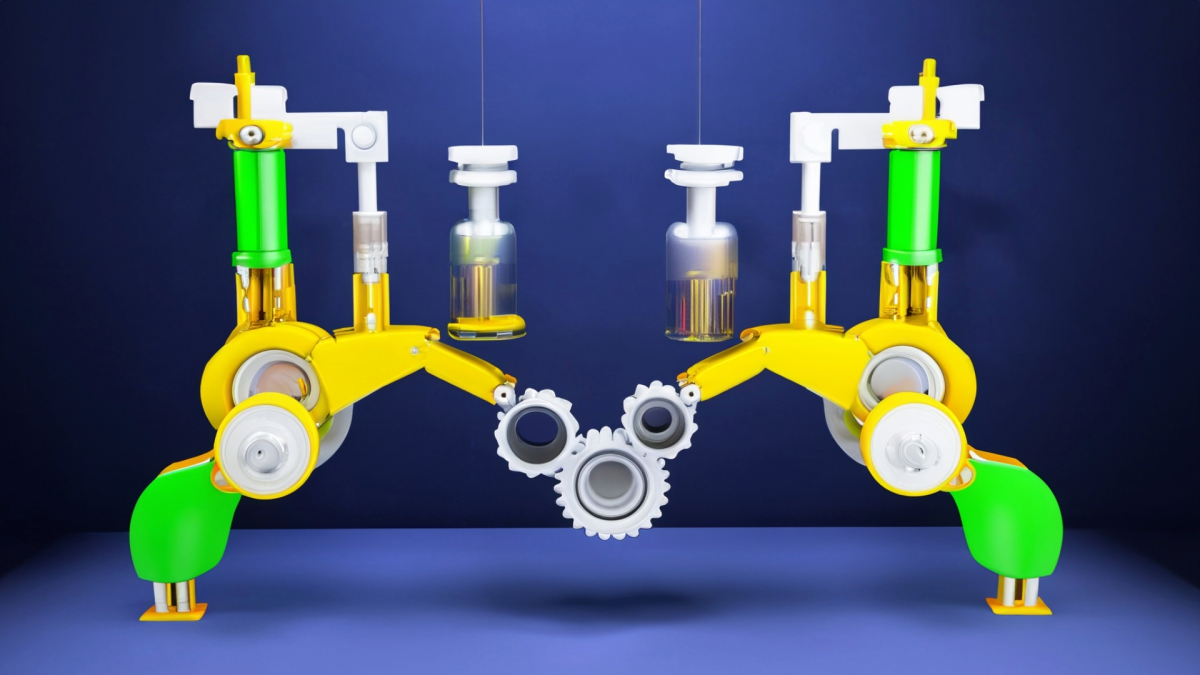Grades:
Kindergarten, 1st Grade
Use the Engineering Design Process to solve Peter's problem! Students will use recycled materials to create their own chair for Peter. After introducing the Engineering Design Process, students will
Grades:
6th Grade, 7th Grade, 8th Grade, 9th Grade
This lesson is part of a school-wide project to renovate a greenhouse and create a native seed library. This lesson is intended to create intrinsic motivation to engage in the project. This lesson
Grades:
6th Grade, 7th Grade, 8th Grade
In this lesson, students will show how heat transfers into an egg during the hard-boiling process, and additionally, different methods of how heat can transfer out of an egg during the cooling process
Grades:
6th Grade
In this hands-on lesson, students will construct a paper windmill. They put it to the test by using a fan to see how their fan holds up to the wind. This is a great way to cover science, engineering
Grades:
6th Grade
In this 1st lesson in a series of 3, students learn about the Great Pacific Garbage Patch. They create a model and write and defend a claim about humanity's ability to mitigate the problem. This
Grades:
7th Grade
Students will design balloon rockets in order to solidify an understanding of Newton's Third Law of Motion . Students will develop an investigation question and then perform their investigation. For
Grades:
9th Grade, 10th Grade, 11th Grade, 12th Grade
This lesson is an introduction to a unit on the light and transverse waves. It can be utilized during a unit or at the beginning as an exploration. Students m easure the speed of light in a medium
Featured
Cut Out Stop Motion Animation
Grades:
2nd Grade, 3rd Grade, 4th Grade, 5th Grade, 6th Grade
Students will create their own cut-out stop motion animation videos using the iMotion app. Students will learn about stop motion animation, plan and create a storyboard, and then actually engineer the
Grades:
8th Grade
Students code robots to match different distance time graphs. For each graph the teacher stamps their paper and they move on to the next more difficult one. Students will be able to replicate the
Grades:
5th Grade
This is part one of a design challenge where students are asked to brainstorm a device that allows energy to be transferred for as long as possible, similar to a Newton's Cradle. Students use the
Grades:
5th Grade
This hands-on lesson covers balanced and unbalanced forces. Students use the skills they have already been taught to apply them to a real-world situation involving rockets. You will need 500mL bottles
Grades:
6th Grade, 7th Grade, 8th Grade
In this engaging lesson, students explore and observe thermal shock by watching marbles bake and placed in ice water. Science and math concepts are covered in this unique lesson as well as visual arts
Grades:
4th Grade, 5th Grade, 6th Grade
This lesson plan includes ideas and materials centered on Mark Kelly's book Mousetronaut. The students will be discussing gravity and listening to the book. They will then be participating in an
Grades:
5th Grade
In this hands-on lesson, students code Edison robots to run races and play tug of war. They will run experiments, measure results, and graph the data. Videos and additional resources are included!
Grades:
6th Grade, 7th Grade, 8th Grade
Environmental Masters of Disaster Team (groups of 3-5 students) will choose an man-made environmental disaster, analyze its effects, then engineer a method or prototype to solve the problem.
Grades:
5th Grade
Students will use multiple modes of learning to learn about how force is affected by mass changes. The book Newton and Me will be read aloud and used for a discussion. Finally students will construct
Grades:
6th Grade
Students will explore energy, electricity, and engineering in this hands-on lesson using the Kidwind kit to create a wind turbine.
Grades:
5th Grade
Within this hands-on lesson, students use the engineering design process to create a device that will protect an egg from a two-story drop. They work within small groups and test their creation and
Grades:
9th Grade, 10th Grade, 11th Grade, 12th Grade
Using the Introduction to Hydroponics lab, introduce students to the features of the Hydroponic Systems. Students will explore the different types of grow mediums and grow lights used in the systems
Grades:
10th Grade, 11th Grade
This is a two day lesson plan where a local contractor comes in and presents on building roofs and on snow load code.The second day is an activity where the students test out different slopes and
Grades:
6th Grade, 7th Grade, 8th Grade
Students will create their own cookie cutters to fill a custom order in their bakery. They will need access to 3D design software like Tinkercad and access to a 3D printer. It's even more fun when you
Grades:
5th Grade
After watching a video of the space station, students will design and build a model space station containing certain requirements. Students will use scale in order to create a blue print and then
Grades:
5th Grade
Students will be learning about honey bees, what they need to survive, and how amazing they are! They will learn about the structure of the honeycomb and then they will engineer their own!
Grades:
3rd Grade, 4th Grade, 5th Grade, 6th Grade, 7th Grade, 8th Grade
One Plastic Bag is about a child in Gambia, West Africa, who sees plastic bags piling up on the side of the road. Students will listen to the story and then create their own sustainable, reusable item
Featured Lesson Plans
Check out these notable lesson plans.

Featured
Pumpkin Jack Part One
Grades:
4th Grade
This lesson includes fourth grade reading, writing, math, science, and engineering standards. The potential is endless with additional enrichment activities. Students participate in the nurturing and

Featured
Simple Machines Save the Day
Grades:
5th Grade
In this lesson students read about simple machines and learn that simple machines make it easier to lift or move things and that they can change direction and magnitude of force. Students use LEGOs to

Grades:
6th Grade
Students are tasked with using the Engineering Design Process to create a system of harvesting rainwater to meet the needs of residents in communities that have a scarce water supply (shortage of


